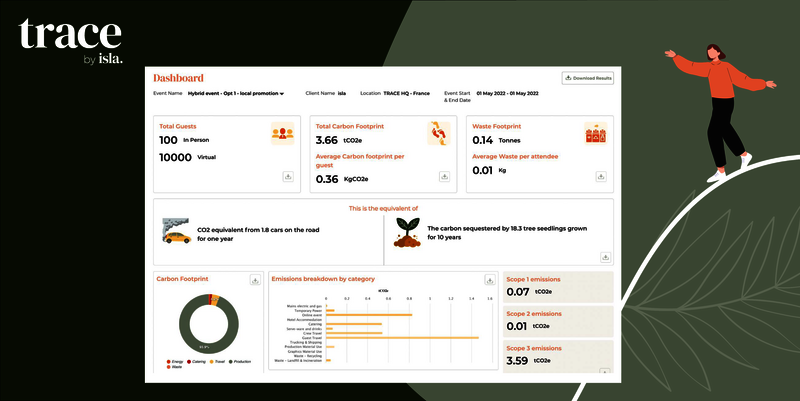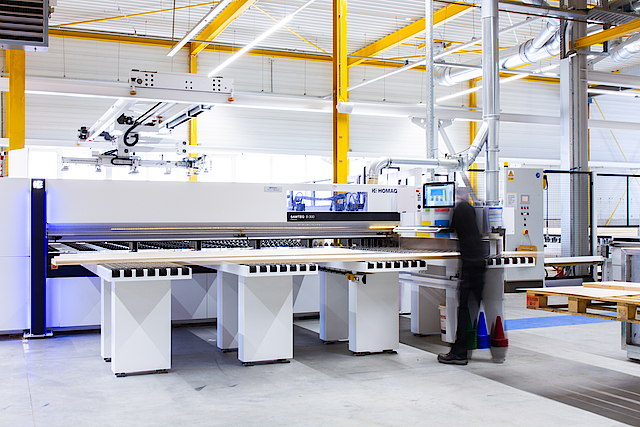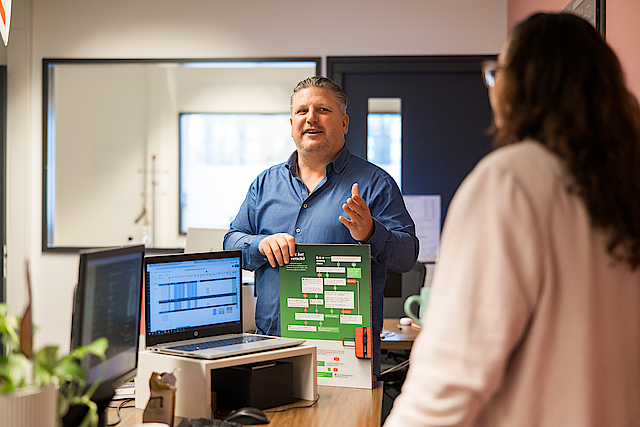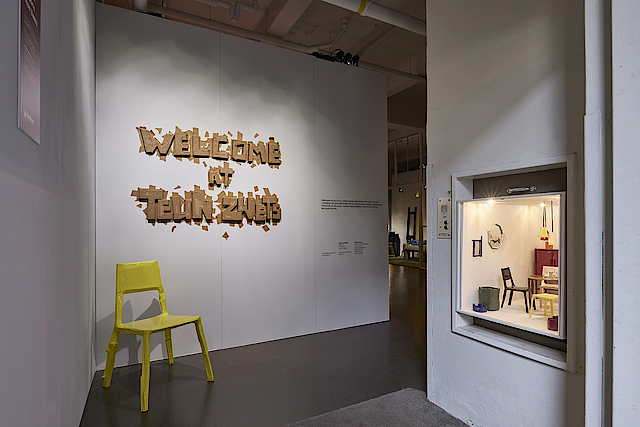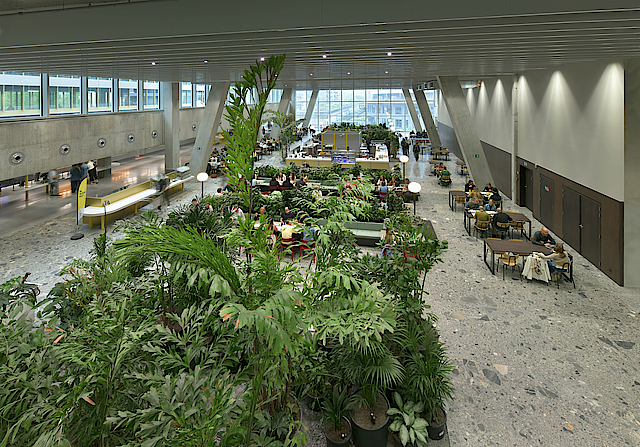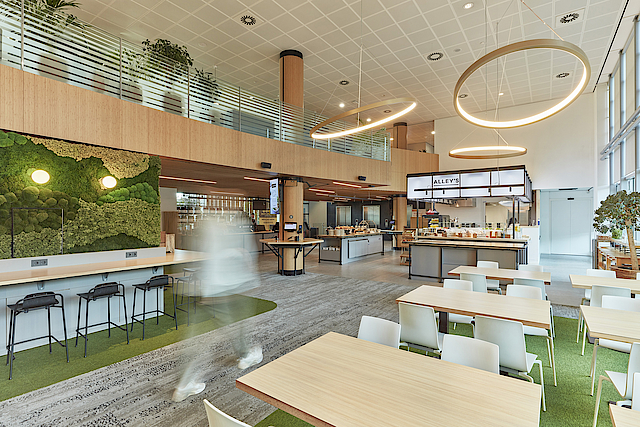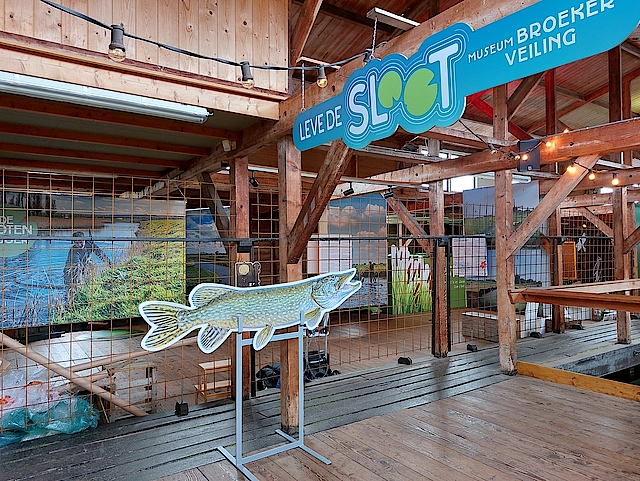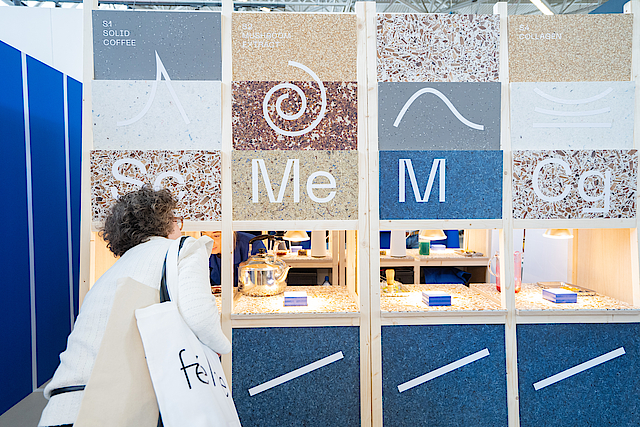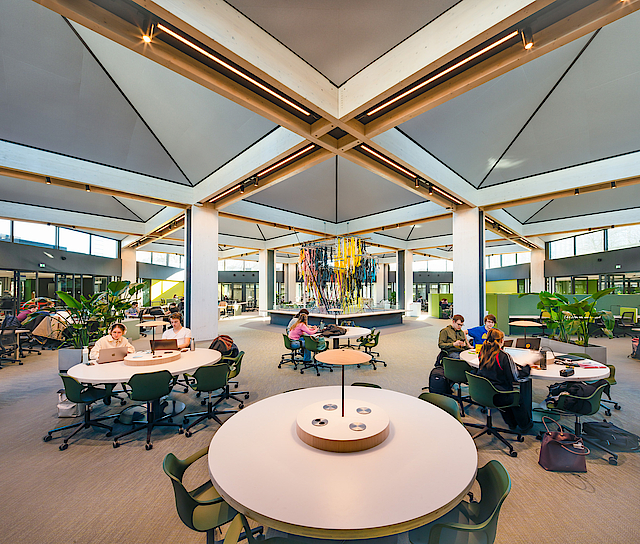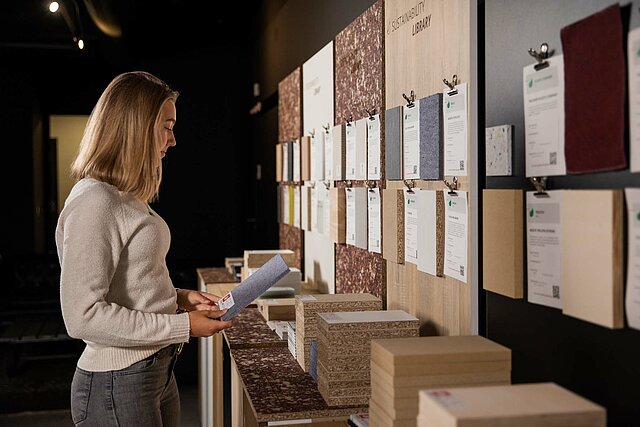In brief
We measure in two different ways:
- With the Green Leaf method, we measure every project with a green yardstick. We developed this measurement method in-house, and it provides us with real-time insight into areas for improvement and our progress status.
- When we want extra insight into CO2 emissions for a project, we employ the tool Trace by Isla. New developments like CSRD, in which organizations are required to map out their CO2 emissions, have ensured that our experience with Trace has grown quickly.
We utilize the Green Leaf for every project, while Trace is deployed for projects with high sustainability ambitions. A Trace analysis demands a considerable time investment, with departments like work planning, planning, graphics, logistics and sustainability contributing input.
In this article, we will scrutinize both of these measurement methods. At the foot of this article, you can read about how these tools facilitate compensation of the entire CO2 emission of your project, if you so wish.


